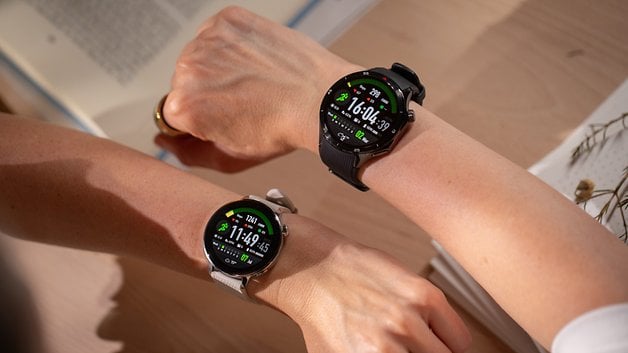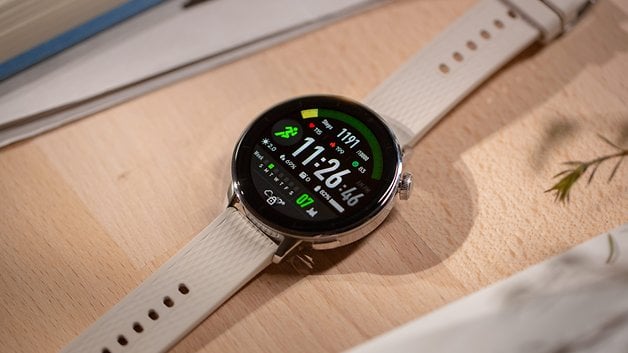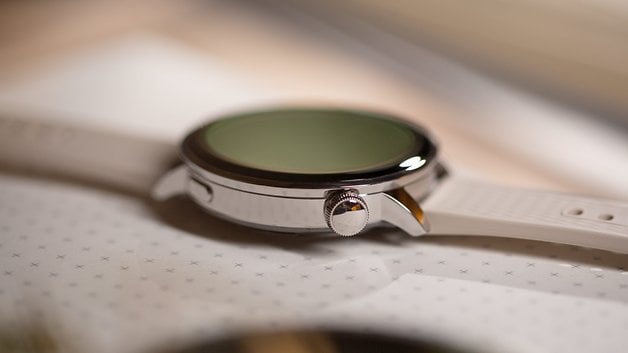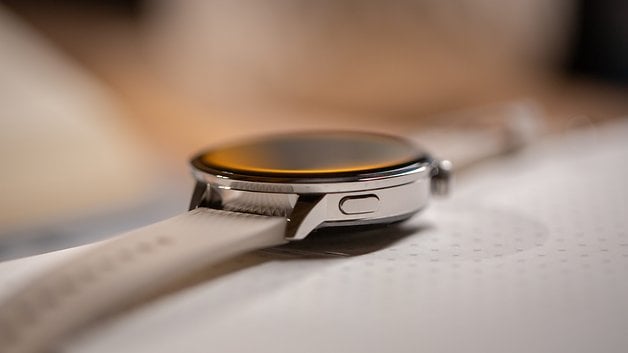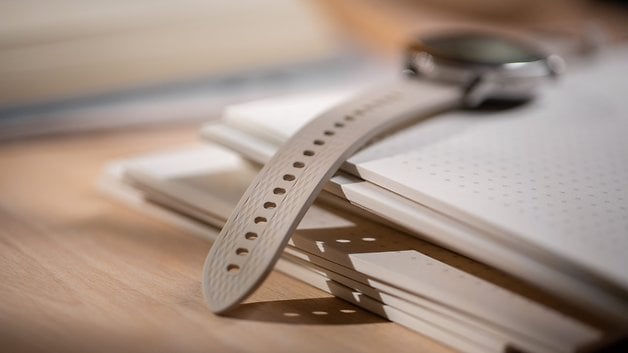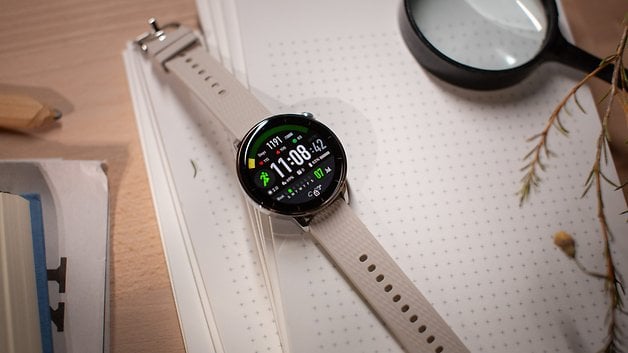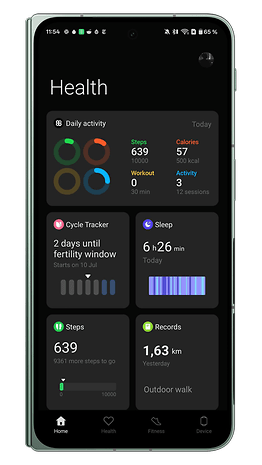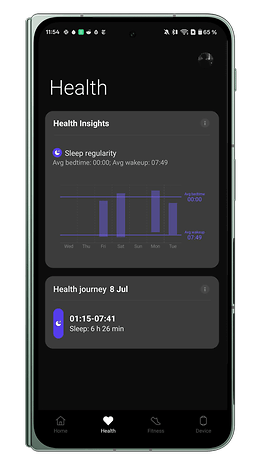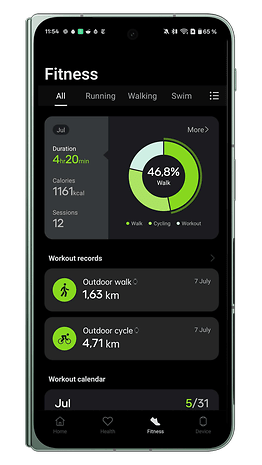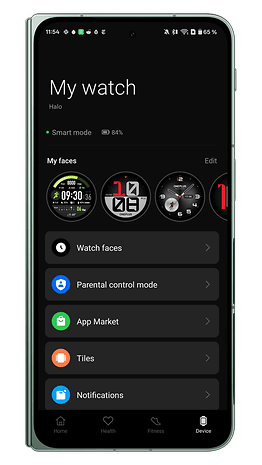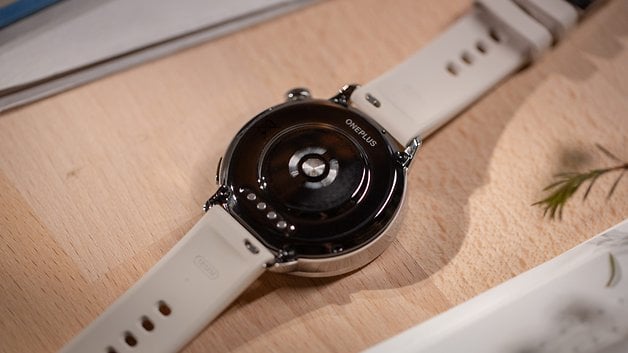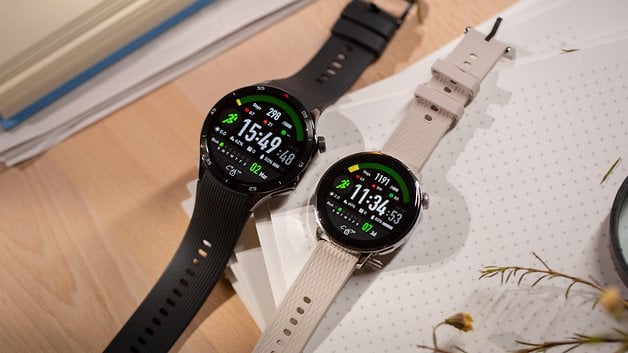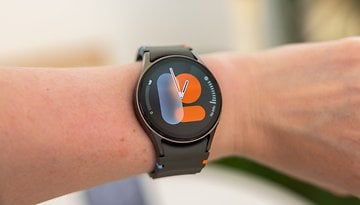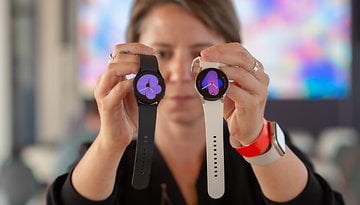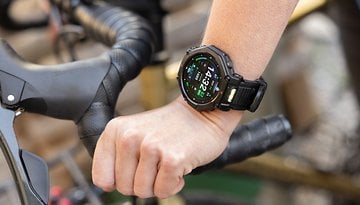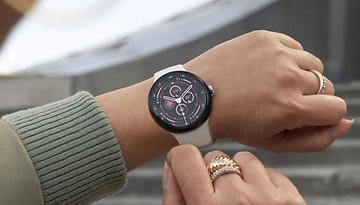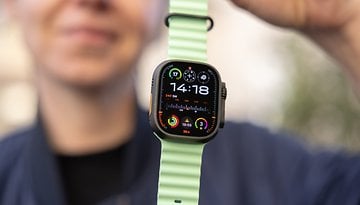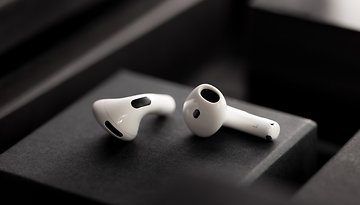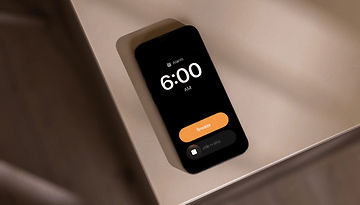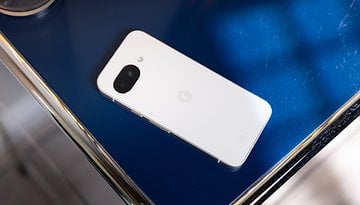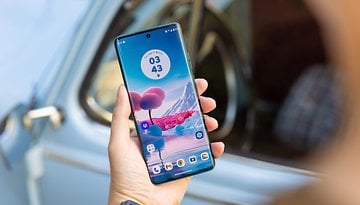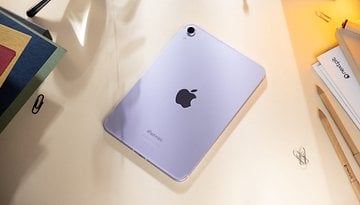5 Key Differences That Set the Compact OnePlus Watch 3 Apart
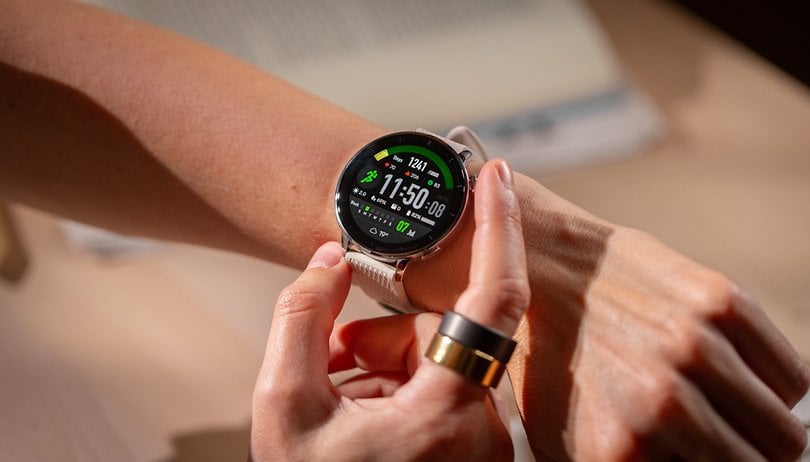

I believe smartphone manufacturers leveraging wearables as phone accessories should provide a more diverse product lineup. Apple does it. Samsung does it. Now, OnePlus joins the party. The latest OnePlus Watch 3 series finally includes both 46 mm and 43 mm variants. It took the Chinese company a while to adopt this dual-size approach, and I'm glad they finally did. Better still, they've now integrated menstrual cycle tracking into their health app. But here's the question: does shrinking the hardware compromise the overall experience or refine it?
This compact new variant of the OnePlus Watch 3 fills some important gaps in Google’s Wear OS ecosystem. On one side, you’ve got Samsung Galaxy Watches, feature-packed with health and fitness tools but struggling to hit the 24-hour battery mark. On the other hand, Google’s Pixel Watches offer up to 48 hours of battery life but fall short when it comes to fitness and health tracking.
Enter OnePlus: I managed to get around 60 hours of battery life in smart mode, even with heavy usage, and it’s loaded with advanced fitness features. All of that for $299, or as low as $249 with current incentives. So the real question is: what else are you getting for that price?
Sleeker, Lighter, and More Comfortable
I’ve been reviewing OnePlus smartwatches for a while now, most recently the OnePlus Watch 3 (46 mm). So trust me when I say: for the first time, I’m wearing a OnePlus smartwatch that actually fits my wrist. I remember a friend once looking at the OnePlus Watch 2 (review) on my wrist and saying, “Wow, that's such a man's watch!” He had a point: OnePlus has never been shy about releasing massive smartwatches. Even the more affordable Watch 2R (review) featured a substantial 46 mm case.
But hey, if you're a fan of big displays, don't worry: a 46 mm variant is also available. Having choices is pretty great, right?
You get a rotating crown and a functional side button with the new variant, but sadly, no titanium case this time around. Those choosing the smaller model will need to settle for stainless steel in black or silver. Still, the compact Watch 3 feels impressively lightweight. It stays put during bike rides and runs, and it's genuinely comfortable for sleep tracking. Honestly, I've gotten used to sleeping with smartwatches over the years, but thanks to its lightness, I barely noticed it overnight. That's a big win in my book.
Despite the smaller display size and more discreet analog-style markings around the bezel, the overall experience—tiles, notifications, and settings navigation—remains identical to the 46 mm version. Admittedly, the larger model offers a more distinctive design, while the compact Watch 3 feels reminiscent of Samsung’s Galaxy Watch series. But hey, no complaints here. Finally, there’s a OnePlus smartwatch tailored for smaller wrists.
Menstrual Cycle Tracking Is Finally Here
OnePlus hasn’t just caught up by diversifying its smartwatch lineup, it finally added menstrual cycle tracking, an essential feature I've advocated for since I began covering their wearables. However, what OnePlus offers here remains pretty basic. It revolves around logging period days and predicting future cycles, fertility windows, and ovulation, all based on manual input. There's no wrist temperature data here to estimate ovulation, unlike Apple and Samsung. Still, there's an option to manually record ovulation if you've confirmed it through home tests.
Is this approach sufficient? It depends. If your goal is simply building historical data about your menstrual cycle and frequency, it’ll likely meet your needs. But if you're interested in understanding hormonal fluctuations and their impact on your daily life, I'd recommend considering the new Whoop 5.0 or devices with MG sensors instead.
Unfortunately, I couldn't find a way to export or share menstrual tracking reports with my doctor via the OHealth app, which seems like a missed opportunity. Especially given how straightforward and valuable that functionality is. I expected OnePlus to be ahead of the curve on this one.
Solid Battery Life Without Major Trade-offs
Although ecosystem integration and specific user needs are often dealbreakers when choosing a smartwatch, battery life closely follows. After all, who doesn't want more uptime from their smartwatch? With the Watch 3, OnePlus demonstrates the clear advantage of its dual-engine architecture. By delegating routine tasks to a secondary, energy-efficient CPU and reserving the more power-hungry Snapdragon W5 chip for intensive workloads, battery efficiency improves significantly.
I used the OnePlus Watch 3 43 mm continuously for nearly three full days in smart mode, which provides full Wear OS functionality alongside continuous health monitoring. Afterward, I switched to power-saving mode. In this mode, some features, like certain watch faces, are limited, but essential health tracking and key connectivity remain active. So I was able to extend battery life to around seven days on power-saving mode. While testing this device for this hands-on, I couldn't run the battery completely down in power-saving mode, but in the 24 hours I did test, the watch consumed less than 10%. Based on this experience, I’m confident you'll achieve approximately five to seven days, depending on usage intensity.
Honestly, this impressive battery performance doesn't surprise me. If there's one thing OnePlus excels at, it's delivering high-end hardware performance and pushing it to the next level. And that without the premium price tag. Moreover, charging the OnePlus Watch 3 from 0 to 100% takes just 37 minutes. For context, I’m based in Germany, where the standard voltage (230V) is higher than in the US (120V), so charging speeds may vary slightly depending on your region. But the bottom line is clear: this thing charges fast.
Sleek, Scaled-Down, and Not Quite Equal: But Will You Notice?
At first, I genuinely thought the OnePlus Watch 3 (43 mm) was simply a smaller version of the 46 mm model. I mean, it makes sense, right? But there's a catch: the compact new variant doesn't pack exactly the same hardware as its larger counterpart.
Sure, both watches share the same core sensors—like the 8-channel heart-rate sensor and the 16-channel SpO2 sensor. But only the 46 mm model offers advanced extras, such as a wrist-temperature sensor, the new 60-second Health Check-in feature, vascular health (arterial stiffness) analysis, and an upgraded more precise PPG module.
So, the 43 mm version focuses on compact performance at the expense of some advanced health-tracking capabilities, especially temperature monitoring. But will you notice this difference day-to-day?
Personally, I think omitting wrist-temperature tracking was a significant oversight, particularly given its potential impact on menstrual cycle tracking accuracy and the ability to identify health irregularities through temperature variability. It's a real missed opportunity. I'd also have liked to see the premium, upgraded PPG module included here.
Ultimately, with the 43 mm model, OnePlus didn’t just release a smaller size, they offered a scaled-down version of the 46 mm Watch 3.
Detailed Workout Tracking for Serious Fitness Fans
Another compromise is GPS accuracy. While the larger 46 mm model includes dual-frequency L1+L5 GPS paired with the upgraded Broadcom SYN4778 chip—meaning quicker satellite locks and improved accuracy in dense urban environments—the 43 mm variant doesn't offer this advanced tech. You might not notice the difference unless you're deeply into outdoor adventure sports. For city use, it's decent enough, though I did notice some minor deviations; for instance, it occasionally tracked me on the sidewalk instead of the bike lane, something that happened more often than I'd prefer.
Aside from that, the fitness features on the compact Watch 3 closely mirror those of the bigger variant. Both offer Pro Running Mode, including advanced posture analysis. However, I noticed the 43 mm version lacks metrics like running power and vertical stride ratio. Still, it provides detailed energy analysis during workouts, showing your fat vs. carb burn efficiency.
So, at the end of the day, the 43 mm model still covers most fitness essentials, making it a solid choice for general fitness and casual to moderately active training.
Final Thoughts: Is the OnePlus Watch 3 (43 mm) Worth It?
In my OnePlus Watch 3 (46 mm) review, I said that while it was a great smartwatch, it wasn’t for everyone. That take was based on two key points: design and features. The device wasn’t size-inclusive and lacked a vital feature for half the population: menstrual cycle tracking. Now that the OHealth app has been updated, the 46 mm model addresses the latter. What it still lacks, though, is size diversity.
That’s where the OnePlus Watch 3 (43 mm) comes in. But let’s be clear: this is not just a smaller version of the 46 mm. While it retains the same dual-engine architecture, it’s been scaled down in other areas. As a smartphone companion, both models deliver a similar experience. But as health and fitness monitors, they diverge, especially when it comes to advanced wellness features. So no, they’re not equal.
Here’s my honest take: I’d still go with the smaller variant. For me, fit is one of the most important factors when choosing a wearable. I want a device that feels right and doesn’t get in the way. And while the 43 mm drops some features, most of what’s missing falls into the wellness realm, things that offer general lifestyle insights, not medically validated data your doctor would rely on. That said, I would miss the wrist temperature sensor, and I’d probably supplement that with a smart ring or another wearable.
Bottom line: OnePlus deserves credit for adding a smaller model to its wearable lineup. But the OnePlus Watch 3 (43 mm) isn’t simply a shrunken version of the flagship; it’s more like the OnePlus Watch 3R: a more affordable, slightly stripped-down alternative.
